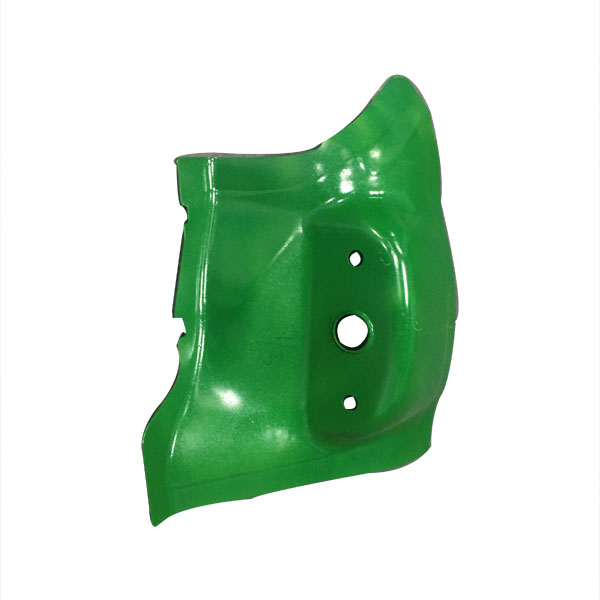Tailored Spaces: The Diverse Design of Wheel Housing Interiors Across Vehicle Types
2023-12-06
Introduction:
The world of automotive design is a realm of endless possibilities, where every curve and contour serves a purpose. Among the areas of design that often go unnoticed is the wheel housing interior—an integral space that varies significantly across different types of vehicles. In this blog, we explore the nuanced design differences in wheel housing interiors between sedans, SUVs, and trucks, and how these variations align with the unique characteristics and functions of each vehicle type.
Sedans: Sleek Elegance in Motion
1. Compact Design:
- Characteristics: Sedans are known for their streamlined, compact designs. The wheel housing interiors reflect this by maintaining a sleek and unobtrusive profile, allowing for efficient use of space within the overall vehicle design.
2. Low Ground Clearance:
- Characteristics: Sedans typically have lower ground clearance compared to SUVs and trucks. As a result, wheel housing interiors are designed to accommodate the wheel components without the need for significant vertical space, contributing to a lower, sportier appearance.
3. Emphasis on Aesthetics:
- Characteristics: Aesthetics play a significant role in sedan design. Wheel housing interiors are often styled to complement the overall elegance of the vehicle, with smooth lines and minimalistic features contributing to a refined appearance.
4. Limited Off-Road Capabilities:
- Characteristics: Sedans are primarily designed for on-road performance, and their wheel housing interiors reflect this by prioritizing aerodynamics and aesthetics over the robustness needed for off-road adventures.
SUVs: Versatility and Functionality
1. Raised Profile:
- Characteristics: SUVs have a higher ground clearance compared to sedans, influencing the design of wheel housing interiors. The increased vertical space accommodates larger wheels and emphasizes the vehicle's off-road capabilities.
2. Muscular Aesthetics:
- Characteristics: SUVs often have a more muscular and robust appearance, and this is reflected in the design of wheel housing interiors. The wheel wells may have more pronounced arches and protective elements to convey a sense of strength.
3. Off-Road Considerations:
- Characteristics: SUVs are designed for diverse terrains, and their wheel housing interiors are equipped to handle off-road conditions. Protective features such as splash guards and durable materials contribute to their rugged functionality.
4. Wheel Size Variation:
- Characteristics: The size of the wheels on SUVs can vary, depending on the specific model and intended use. Wheel housing interiors are designed to accommodate larger wheels, enhancing the vehicle's capability and presence.
Conclusion: Tailoring Form to Function
The design of wheel housing interiors serves as a microcosm of the broader vehicle design philosophy. Sedans, SUVs, and trucks each have unique characteristics and purposes, influencing the design choices in their wheel housing interiors. From the sleek elegance of sedans to the versatile functionality of SUVs and the robust power of trucks, these variations showcase how automotive designers tailor form to function, ensuring that every element aligns with the distinct identity and purpose of each vehicle type.



